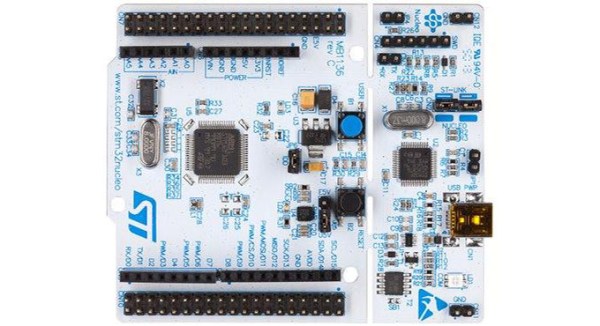
If you are on the computer for a large part of the day, posture becomes a serious issue that can negatively impact your health. [Wingman] saw this problem, and created a hack to help solve it. His simple posture sensor will monitor the position of your head relative to the chair, and reminds you to sit up straight.
The posture sensor is built around the HC-SR04 ultrasonic distance sensor, an Attiny85, and a piezo speaker. We’ve seen this distance sensor used in the past for a few projects. Rather than going down the wearable route, which has its own drawbacks, [Wingman] decided to attach his sensor on the back of his chair. The best part is that the sensor is not mounted directly on the chair, but rather on a piece of fabric allowing it to be easily moved when needed.
Given how low-cost and small the sensor is, the project can be easily expanded by adding multiple sensors in different locations. This would allow the angle of the back and possibly the neck to be determined, giving a more accurate indicator of poor posture. There are very few hacks out there that address bad posture. Do you have a project that helps address bad posture? Have you used video processing or a wearable device to monitor your posture? Let us know in the comments an don’t forget to send post links about them to our tips line.
















